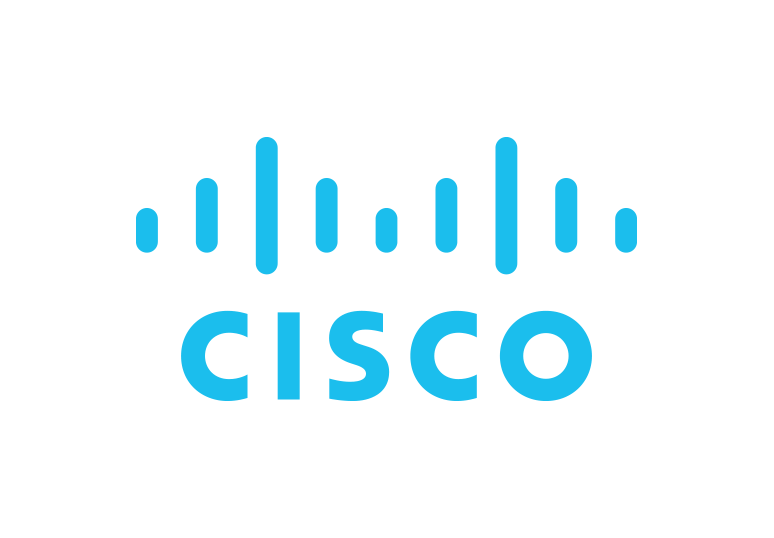Remote work is a broad term that can take on different meanings, depending on whom you ask. For some, it might mean isolation. For others, it could mean a never-ending workday or a balancing act that involves juggling work, home and caretaking.
What’s true for the millions of government employees working during the COVID-19 pandemic is that this “new normal” is uncharted territory for everyone. Even if your agency had tested its business continuity plans, it’s safe to assume that those plans have not been tested to mirror what we are facing now.
“The things we saw initially were very reactive responses to how do you get this done and how do you get it done overnight,” said Marcus Moffett, Senior Director of System Engineering and Architectures & CTO, U.S. Public Sector at Cisco Systems, Inc. From a tech perspective, agencies were rapidly looking to provide secure and adequate access to virtual private networks (VPNs), elevate Domain Name System (DNS) security to ensure teleworkers safely access websites, and to defend against malware.
Speaking during GovLoop’s COVID-19 virtual summit, Moffett highlighted the importance of considering the tech and non-tech issues that might hinder secure and seamless collaboration in a remote environment. He offered these tips to keep in mind when evaluating the elements of your work-from-home strategy.
- Have a zero-trust mentality
We’ve all heard the saying, “trust but verify.” But in this new age of zero trust security, the mindset is “never trust and always verify,” Moffett said. So, what does that mean exactly? From a user perspective, that means you’ll see more security checks in place as you move virtually around your agency’s network. For example, once you log in through a VPN connection, you’ll have to validate who you are before accessing different applications. The goal is to ensure employees are accessing only what they need to do their jobs. Having these security checks in place is what enables this mass transition to secure remote work. Especially now, agencies need to give the right employees access to the right information for their jobs.
- Embrace digitization
Over the years, the need to shift from paper-based, in-office operations to digital, remote work has gradually elevated IT professionals from the basement to the boardroom, Moffett said. And we are seeing that reality firsthand during this pandemic. He urged agencies not to let this opportunity for needed change pass them by. Now is the time to analyze, adapt, plan and re-test business continuity plans to ensure mission effectiveness. Can employees access the digital tools and resources they need? Can the public take care of essential business online rather than having to trek down to a physical office and wait in line?
- Remember, it’s about more than just tech
When asked about their most significant challenge to remote work, virtual summit attendees shared a mixed bag of responses, from technology (24%) to working from home (21%) to personal responsibilities (17%). Tech is only part of the equation. The ultimate focus should be on using collaboration and other online tools to help people feel more connected and less isolated. Agencies should use technology to provide that watercooler feeling of a casual conversation, even though employees aren’t physically together, and to reach out and let people know they care.
“We can’t let this go by without making critical changes that are needed to optimize how government interfaces with its employee base and citizen base,” Moffett said.
Don’t miss out on other virtual learning opportunities. Pre-register for GovLoop’s remaining 2020 virtual summits today.
This online training was brought to you by:

Photo Credit: Annie Spratt on Unsplash





Leave a Reply
You must be logged in to post a comment.